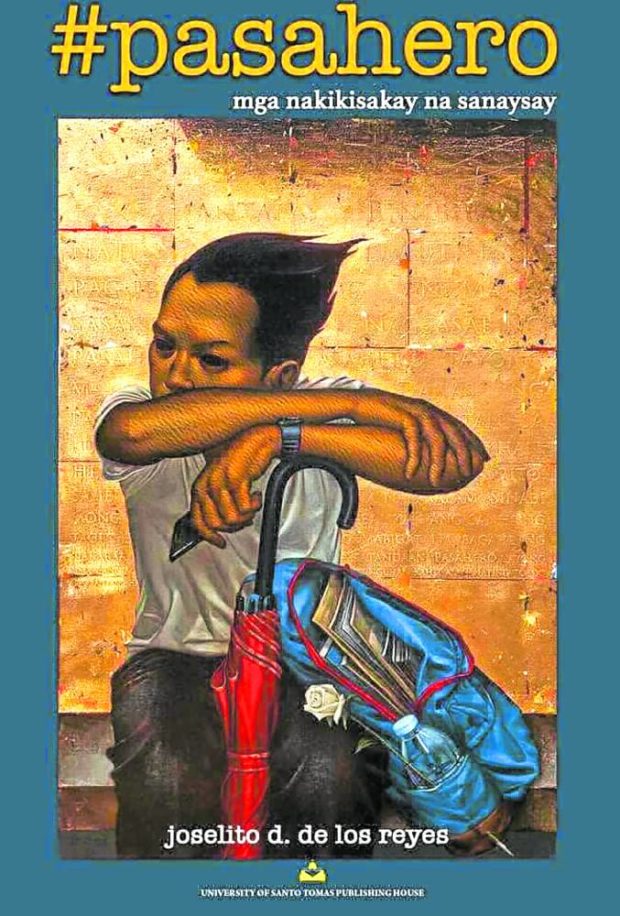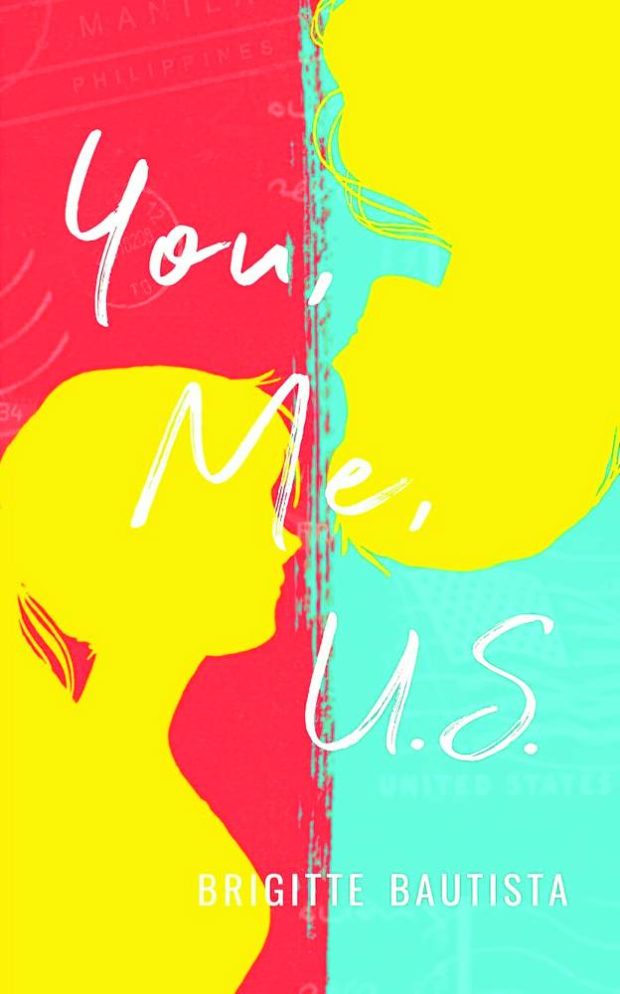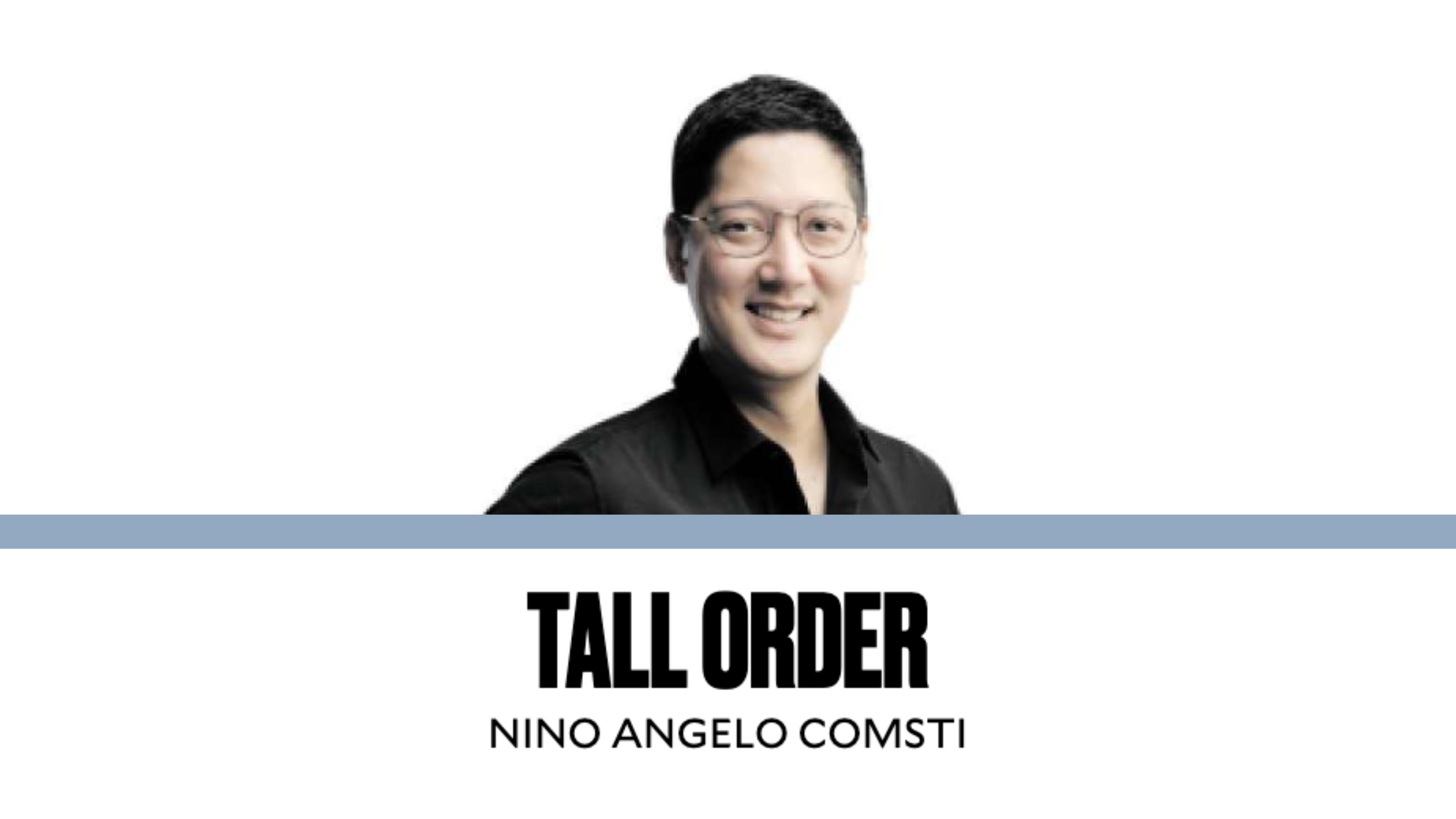Filipinos love to read—everybody is proud of it—and the numbers back it up. The 2017 National Book Development Board (NBDB) Readership Survey indicates that eight out of 10 Filipino adults like to read. Commissioned by the NBDB and carried out by the Philippine Statistical Research and Training Institute at the end of April 2018 covering the 12 months prior, the survey polled 1,200 Filipinos, with 300 respondents each from the National Capital Region, Luzon, Visayas and Mindanao, and maintains the 80 percent recorded by the last survey from 2012. This survey was for nonschool books (books which were not required reading).
But what exactly are all these Filipinos reading?
To find that out, and to recognize those titles, you need the Filipino Readers’ Choice Awards (FRCA).
The FRCA finds its champion in Honey de Peralta, whose day job is Penguin Random House US sales manager for several Southeast Asian countries, including the Philippines. She’s also a trustee of the local industry group Book Development Association of the Philippines (BDAP) and, most importantly, cofounder of the FRCA.
The FRCA has its origins in another event, 2011’s Filipino ReaderCon, which De Peralta helped set up.
“The ReaderCon was one of those events that we put up out of nowhere to address what we felt was something missing,” she tells Lifestyle.
“My friend, Tarie Sabido, and I had just attended a literary festival in 2010, and over lunch, we were both quiet. And I asked her, ‘Tarie, if you were to put up a book festival, what would it be like?’”

Sabido was thinking the same thing. The two were book bloggers. De Peralta was a book club member but wasn’t really immersed in the book industry yet.
“We just loved reading and what we felt then was that the lit festivals then didn’t have as much representation from readers and reading communities. So, the ‘book festival’ we envisioned was actually a readers’ festival, and we called it the Filipino ReaderCon, which would have panels with book clubs, book bloggers and readers just talking about their love for books. It might seem strange now, but in 2010, we felt it was a new thing.”
Award origins
After 2011’s ReaderCon, De Peralta, Sabido and some other book bloggers thought a reader would be an excellent way to acknowledge what readers really read. “We honestly felt back then that the local industry might not really be thinking of who the readers are,” she says.
The organizing committee literally sat around a table at the defunct bookstore Libreria and drew up rules: online for ease, with open nominations as long as the title was a locally published book.
“We knew we wanted readers to really weigh in, hence there would be a popular vote. But we also spent a lot of time thinking about how it wouldn’t just be dependent on a popular vote, because naturally, you can game those,” De Peralta says. So, a final judging phase was included.
“We were all in agreement that judges had to be readers first and foremost. So, not academicians, not writers, not critics. They could be all those things, but primarily, we said we wanted judges that came from the ranks of the readers: book club members, book bloggers—I keep saying bloggers, because Instagram wasn’t really a big thing then.”
They admittedly had fun coming up with eight categories to acknowledge the different kinds of Filipino readers: children’s picture book, chick lit, novel in English, novel in Filipino, comics/graphic novels, short story anthology, essay anthology and poetry.
It was not an easy undertaking. De Peralta admitted funding was a hurdle, particularly for the awarding ceremony, but the NBDB partially sponsored the Filipino ReaderCon. They couldn’t afford trophies, so printed certificates were mounted between acrylic panels and given to the winners.

De Peralta says the FRCA itself has brought a lot of people joy: “The readers who always seem so excited to nominate and vote for books, the publishers and authors who sometimes send us messages thanking us for the awards. Even in the years that it was gone, there were people asking if it was coming back, because it seemed they really liked it. I love the fact that many people felt that the FRCA had given them a space or could give them a space where before, they felt that there was no space for them.”
The FRCAs would honor writers who were breaking through: Bebang Siy (“It’s a Mens World”), Annie Pacaña-Lumbao and Anelka Lumbao (“But That Won’t Wake Me Up”).
In 2013, there was “Lita: Poems on Women” by the Cavite Young Writers Association, published by Balangay Books. “Balangay was relatively new then, a small indie publisher publishing regional writing, and I was so happy to see them get an award, and an award chosen by readers at that,” she says.
In 2014, there was also “Gitarista,” a self-published e-book by Reev Robledo that won the Ficiton in English category. “And I don’t think anyone in the committee is going to forget ‘Heartless’ by Jonaxx, which won the Romance in Filipino/Taglish category in 2015. She has a very engaged fanbase.”
The first FRCAs covered books published until 2014. Then it just stopped. What happened?
Volunteer fatigue
De Peralta was very sanguine about the reason. “Basically, volunteer fatigue. By 2015, we had been running the Filipino ReaderCon for five years, and the FRCA for four.
We were not a formal organization that had funding. Every year, we had to ask for money. And we were all volunteers with day jobs. So most of our core committee members became busier at work with more responsibilities. We just all got busy and a little bit tired. And so, in 2016, when we would’ve done our 5th FRCA, we just didn’t.”
But you can never keep a good award down. Plus, readers are known to stick to a plot they love.
“Years after both the FRCA and the Filipino ReaderCon died a natural death, people would still ask if we were doing both again that year,” De Peralta says. Meanwhile, the booksphere was changing. There was growing movement with more reader events, more reading groups, Instagram, Facebook, Twitter and eventually TikTok.
De Peralta was elected to the board of the BDAP as a representative of her organization, the Overseas Publishers’ Representatives Association of the Philippines, and assigned to a committee on leadership because the board knew of reader engagement. It was the perfect match.
“So that is what I pitched to the board, and they were happily supportive.”
BDAP president Andrea Pasion-Flores explains, “The FRCA has a lot of moving parts to consider, from nomination to voting, to awarding. Of course, the BDAP was capable of administering the FRCA, given that it already administers the publishers’ award, the Gintong Aklat Awards (GAA). The FRCA complements the GAA, being that it’s a readers’ choice awards, something that could draw participation from the general public and create excitement between the author and the readers. It’s a unique award in that the readers get a say on who wins. You don’t get many awards that engages the public in this manner.”
But the FRCA would not forget the books published from the last staging of the FRCA and the present, a considerable period of seven years. “I felt bad leaving off some years when we were on hiatus,” De Peralta explains.
Pasion-Flores adds that the publishing during the pandemic also plays a part here: “It’s important not to leave a gap between the time when the FRCA was first brought out to the time we picked it up. Publishing did not stop in those interim years when the FRCA wasn’t around, and we wanted to consider all those titles produced for people to revisit those titles, as well as for people to take a closer look at the titles brought out during the pandemic when the industry struggled to come out with titles.”
Two sets of winners
The solution was to have two sets of winners for each category: Batch 1 (books published 2015-2018) and Batch 2 (books published 2019-2021). The FRCA added two categories: History (now separated from its former umbrella category of nonfiction) and translated work. The voting process remained the same, nominations (publishers first, then an open call) with a unique email address being the method of voting and then a final judging by a panel.
“We make it democratic, with the open nominations and the voting, hence it’s a popular vote award,” De Peralta noted. “But it’s not purely a popular vote award, because once we have the top three finalists that come out of the voting period, a panel of judges selected from book club members, “bookstagrammers,” “booktokers,” students—all of whom proudly identify as being Filipino readers—decide on the winning book among the finalists.”
The FRCA made sure, of course, that the FRCA organizing team would be kept separate and would have no local publishers or authors as members, to avoid any conflict of interest.
The BDAP also came unto play at this point. “There are expenses involved in the administration of the award,” Pasion-Flores says. “The BDAP is footing the bill for it, from personnel to trophies, etc. We also organized a volunteer group that verifies email addresses and counts the thousands of votes that come in. The FRCA has seen a steady growth of participants. By 2015, there were 100k unique votes.”
Now the FRCA 2.0 registered a slight increase in votes, with 104,000 unique votes. “We frankly hoped for and targeted for more, but I think one factor that may have only allowed us to reach slightly more than seven years ago was precisely those seven years of being away,” De Peralta admits, but she is happy with the vote count.
Resurrecting the FRCA has been a head-spinning experience for De Peralta. “Honestly, as someone who was around FRCA from the beginning, coming back after seven years felt like starting nearly from scratch,” she confesses. “Instead of having a team familiar with tasks, you had smaller, newer teams that had to learn on the fly. And then we had seven years of nominated titles to get through. So, it was a lot of work with fewer people.”
Reader diversity
There were things she took to heart from the data. The readership has always been there and is growing. And this year, they also wanted to take a closer look at the data: 71 percent of the readers identified as female, 21percent identified as male, 2 percent as nonbinary and 0.2 percent as other—genderfluid, queer, trans, etc. The most popular categories proved to be the two Filipino language categories: Filipino romance and fiction in Filipino, gaining 57 percent more votes than the following category, which is children’s picture books.
De Peralta also notes that the FRCA actually debunks the concern that the Filipino youth are no longer reading; it is not true, as of the 98,000 voters who answered the age question, 41 percent belong to the 18-24 cohort, followed by the 25-34 bracket, at 19 percent, with the third largest being the under-18 at 16 percent. “This means that more than half of the readers who voted are 24 years old and below,” she says.
All 30 winners are notable, but there are three that De Peralta and her team think deserve special mention. There’s Brigitte Bautista’s “You, Me, U.S.” “We relaunched this year; we added a description in both English and Filipino romance categories that the category accepts all subgenres of romance—contemporary, historical, science fiction and fantasy, queer (including BL or boys love, f/f or female/female, etc.), and many more-—because all these subgenres have their own audiences. So, we saw a variety of nominees, and we’re quite happy to see that this title won, because it’s the first book to win the category with an f/f pairing.”
Another title of note: “#Pasahero: Mga Nakikisakay na Sanaysay” by Joselito D. Delos Reyes. “The judges really loved this and praised it for its wit, humor, and immersive reading experience that invites readers through the journey.”
Finally, there’s the extremely popular “Waves of Memoirs” by Jonaxx. “From the beginning, we knew that the Jonaxx fanbase was among the most passionate, and they’ve dominated the voting numbers. You have no idea how engaged they are. And even when they’re not always happy with us, we are amazed by them and the sheer commitment they have for their favorite author.”
Next in 2024
For those who were scarred by the seven-year FRCA absence, worry not. “We envision the FRCA to come out every other year,” explains Pasion-Flores. “So, since we have it this year, the next would be in 2024 (or every even year), while the Gintong Aklat Awards (GAA), also an award that comes out every other year, will be administered every odd-numbered year. So, watch out for the GAA in 2023, and the FRCA in 2024.”
But if Peralta had her way, that may change. “Honestly, if there’s an opportunity to finally bring the FRCA back as an annual award, I would like to see it happen. Mainly because we feel we have the authors, titles, and readership to support a yearly award.”
Even the announcement of the winners was unique this year without a ReaderCon. Instead, the winners were announced virtually from the beloved Mt. Cloud Bookshop in Baguio City on Dec. 2. While it literally was the culmination of two years of work, it was the figurative culmination of almost a decade of bringing a dream back to reality.
“I probably sound like a broken record, but the FRCA should always be about the reader, for the reader, and ideally should be organized by readers. Why do we have the categories we do? Because there are readers there,” De Peralta says.
The FRCA is unique in its emphasis and its intentions, and here to stay, as long as De Peralta has her say: “We also want to emphasize the diversity of Filipino readers and how they all have value. The FRCA has never subscribed to what we believe are false dichotomies of ‘high brow’ versus ‘low brow.’ All the categories and the reader bases are acknowledged equally. We don’t think anyone is better just because they read one category over another. What we found is that in the end, every reading community, every fan base, every reader goes to the basic question of ‘Have you read this book?’ when talking about their favorite titles. And I think there’s always an innate dignity in that question.”
For a complete list of winners, please go to page D1 on INQPLUS.









































